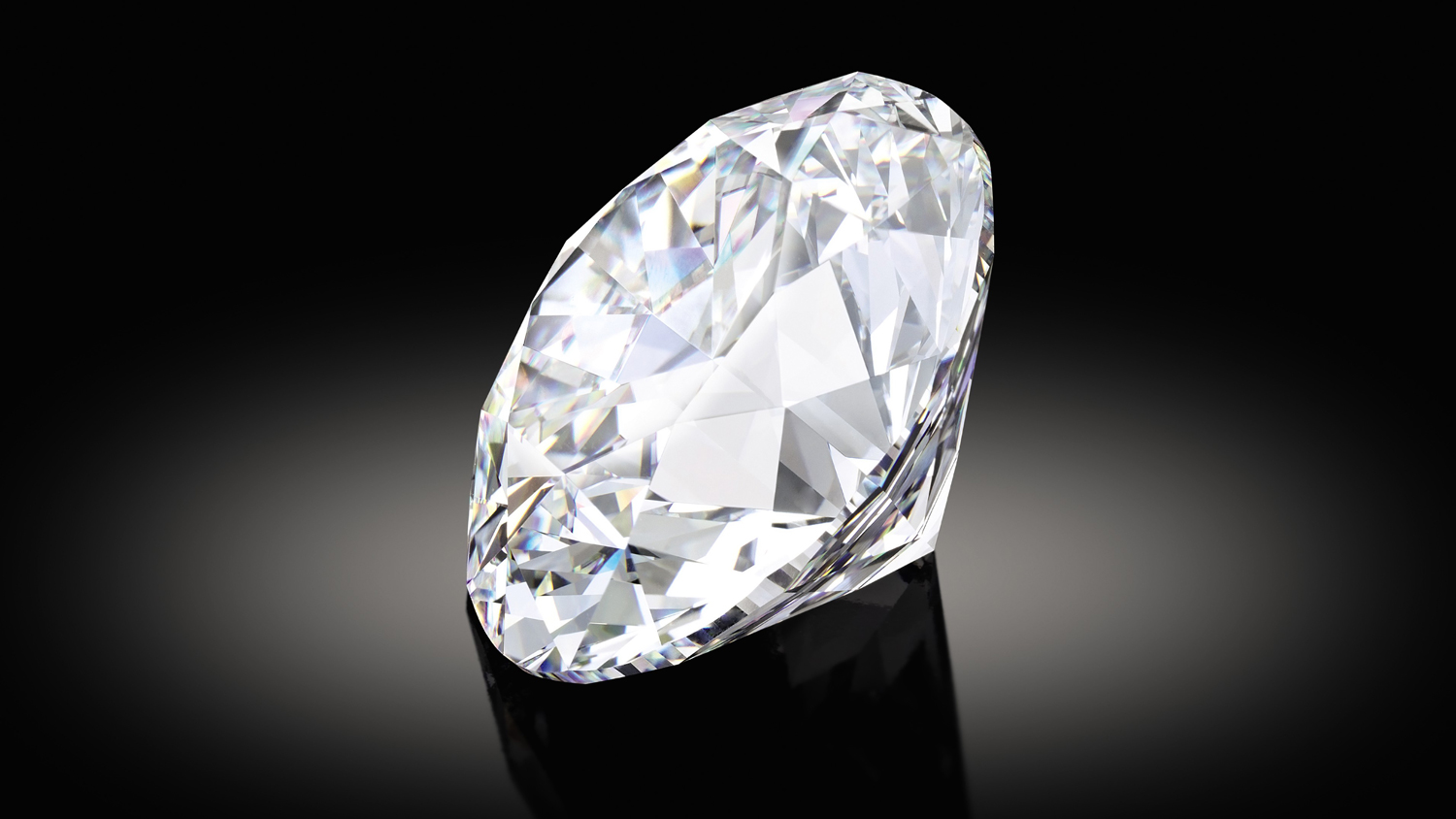Lab Diamonds: Revolutionizing the Jewelry Industry and Impacting Global Cultures

In the last few decades, lab-grown diamonds have gained tremendous popularity and are now considered a viable alternative to natural diamonds. These diamonds are created using cutting-edge technology in controlled environments that mimic the natural processes of diamond formation. Their rise in the jewelry industry has sparked a conversation not only about the environmental and ethical considerations surrounding traditional diamond mining but also about the broader cultural impacts of lab-grown diamonds.
What Are Lab Diamonds?
Lab diamonds, also known as lab diamonds and cultures, are chemically, physically, and optically identical to their natural counterparts. The only difference lies in their origin: lab diamonds are created in laboratories, while natural diamonds form deep within the Earth’s crust over millions of years.
The Science Behind Lab Diamonds
There are two primary methods used to create lab-grown diamonds: High Pressure High Temperature (HPHT) and Chemical Vapor Deposition (CVD).
- High Pressure High Temperature (HPHT): This method simulates the natural conditions under which diamonds form, using extreme pressure and temperature to transform carbon into a diamond.
- Chemical Vapor Deposition (CVD): CVD involves heating a carbon-rich gas, such as methane, in a vacuum chamber, which breaks the gas down and allows carbon atoms to deposit onto a substrate, forming a diamond layer by layer.
Both methods produce diamonds that are virtually indistinguishable from those mined from the Earth.
Lab Diamonds and the Environment: A Sustainable Choice
One of the driving forces behind the popularity of lab-grown diamonds is the growing awareness about environmental sustainability. Traditional diamond mining is associated with significant environmental destruction, including deforestation, soil erosion, and pollution. Additionally, the carbon footprint of mining operations can be considerable due to the energy-intensive nature of the process.
Lab-grown diamonds, on the other hand, have a much smaller environmental footprint. The controlled production process allows for a more efficient use of energy, and the ability to recycle materials reduces waste. For consumers who are environmentally conscious, lab diamonds represent a sustainable alternative without compromising on quality or beauty.
Ethical Considerations
The diamond industry has long been scrutinized for its ties to human rights violations and conflict financing. The term “blood diamonds” refers to diamonds mined in war zones and sold to fund armed conflicts. In response, the Kimberley Process Certification Scheme was established to curb the trade of conflict diamonds. However, concerns about the effectiveness of this process remain.
Lab-grown diamonds provide an ethical solution to this issue, as they are created in controlled environments, ensuring they are free from any association with conflict or exploitation. This ethical aspect is appealing to many modern consumers who value transparency and responsible sourcing.
Lab Diamonds and Cultural Shifts: Changing Perceptions
The rise of lab grown diamonds is not just a shift in the jewelry industry but also a cultural transformation. Traditionally, diamonds have been symbols of status, wealth, and everlasting love, particularly in engagements and weddings. However, lab diamonds are challenging these established norms in several ways.
Accessibility and Affordability
One of the most significant cultural impacts of lab diamonds is the increased accessibility to diamonds. Lab diamonds are typically 20-40% less expensive than their natural counterparts, making them more affordable for a wider range of consumers. This shift is especially noticeable in engagement rings, where couples now have the option to purchase a larger or higher-quality diamond for the same price as a smaller, natural diamond.
This affordability has made diamonds less of an exclusive luxury item and more of a personal choice that reflects individual values and preferences rather than societal expectations.
Shifting Traditions in Jewelry Consumption
The increasing popularity of lab diamonds also aligns with broader cultural shifts toward sustainability, customization, and ethical consumption. Younger generations, especially Millennials and Gen Z, are more inclined to prioritize values such as environmental responsibility, social justice, and authenticity when making purchasing decisions.
In many ways, lab-grown diamonds represent a reflection of these changing values. As these generations become more dominant in the consumer market, their preference for ethical and sustainable products is likely to continue driving the growth of the lab-diamond sector.
The Future of Lab Diamonds: Innovation and Industry Trends
As technology continues to advance, the future of lab-grown diamonds looks promising. Here are a few key trends to watch for:
1. Increasing Demand Across Multiple Sectors
Lab diamonds are not only being used in engagement rings and jewelry but also in other industries such as technology and healthcare. Their exceptional hardness and heat conductivity make them ideal for use in electronics, semiconductors, and high-performance equipment.
2. Technological Advancements
Innovations in diamond production technologies will likely continue to make the process more efficient and cost-effective. As these methods improve, we can expect to see even higher-quality diamonds being produced in labs, making them an even more attractive option for consumers.
3. Greater Cultural Acceptance
As awareness of lab diamonds grows, their cultural acceptance will continue to expand. More people will recognize that these diamonds offer a way to celebrate love, commitment, and personal values without the environmental or ethical concerns associated with traditional diamond mining.
Conclusion: A Bright Future for Lab Diamonds
Lab diamonds represent a significant evolution in the world of gemstones and jewelry. With their ethical, environmental, and economic advantages, they are not just an alternative to natural diamonds—they are a new standard for what diamonds can represent in modern society. As technology advances and cultural perceptions continue to evolve, lab diamonds will undoubtedly continue to reshape the jewelry industry, offering consumers a more responsible and sustainable way to celebrate life’s most important moments.
For those seeking a beautiful diamond with a smaller carbon footprint and a story of innovation, lab-grown diamonds are the perfect choice. The future of diamonds is here, and it’s sparkling with potential.





